West Coast IPA has been a mainstay beer style for many craft breweries. This beer style has evolved over the years, but some things remain the same: a bitter, clean, highly attenuative beer bursting with intense hop character. Here are some quick tips and tricks to consider when crafting your next West Coast IPA.
Dial in a classic profile: dry, assertively bitter, and exceptionally clean
1. Choose a yeast strain with a clean flavor profile, higher attenuation, and higher alcohol tolerance.
For West Coast IPAs ranging from 6.3–7.5% ABV and exhibiting robust bitterness (50–75 IBU), select a yeast strain to highlight hop expression and sustain optimal performance in slightly higher gravity, higher IBU fermentation environments. A highly attenuative strain ensures consistent fermentation outcomes and maximized hop aroma, even under intensified process conditions.
2. Ferment At A Lower Temperature
Fermenting at a lower temperature, ideally between 62°F and 64°F (16.5–17.8°C), promotes a cleaner, more refined flavor profile. Lowering fermentation temperature reduces ester production and results in the bright, crisp characteristics essential to a classic West Coast IPA.
Things To Consider: With a lower fermentation temperature, aim for a higher pitch rate (10-12 million cells/mL) or repitch from a healthy generation (Gen 3-5) for a better fermentation.
White Lab Recommendations
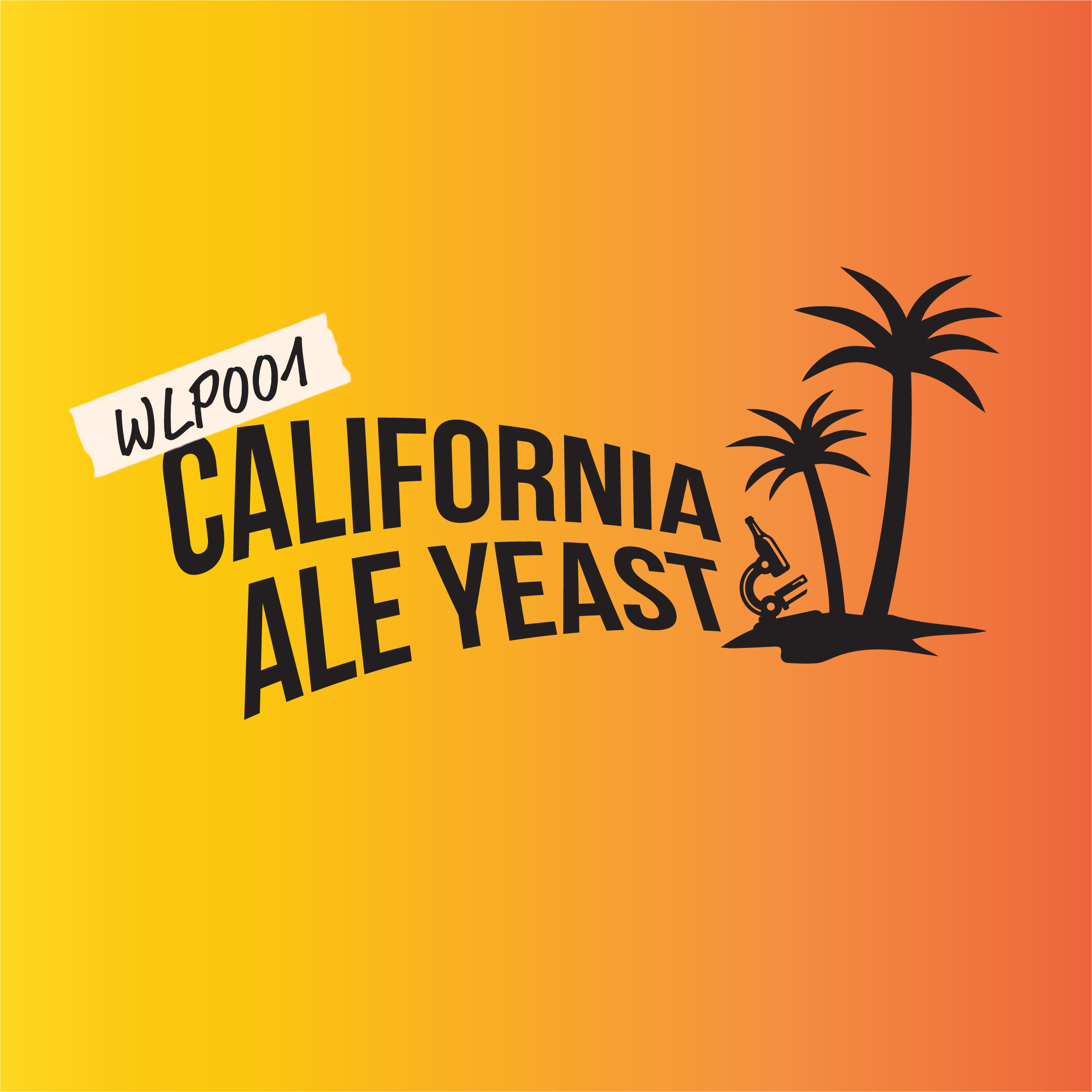
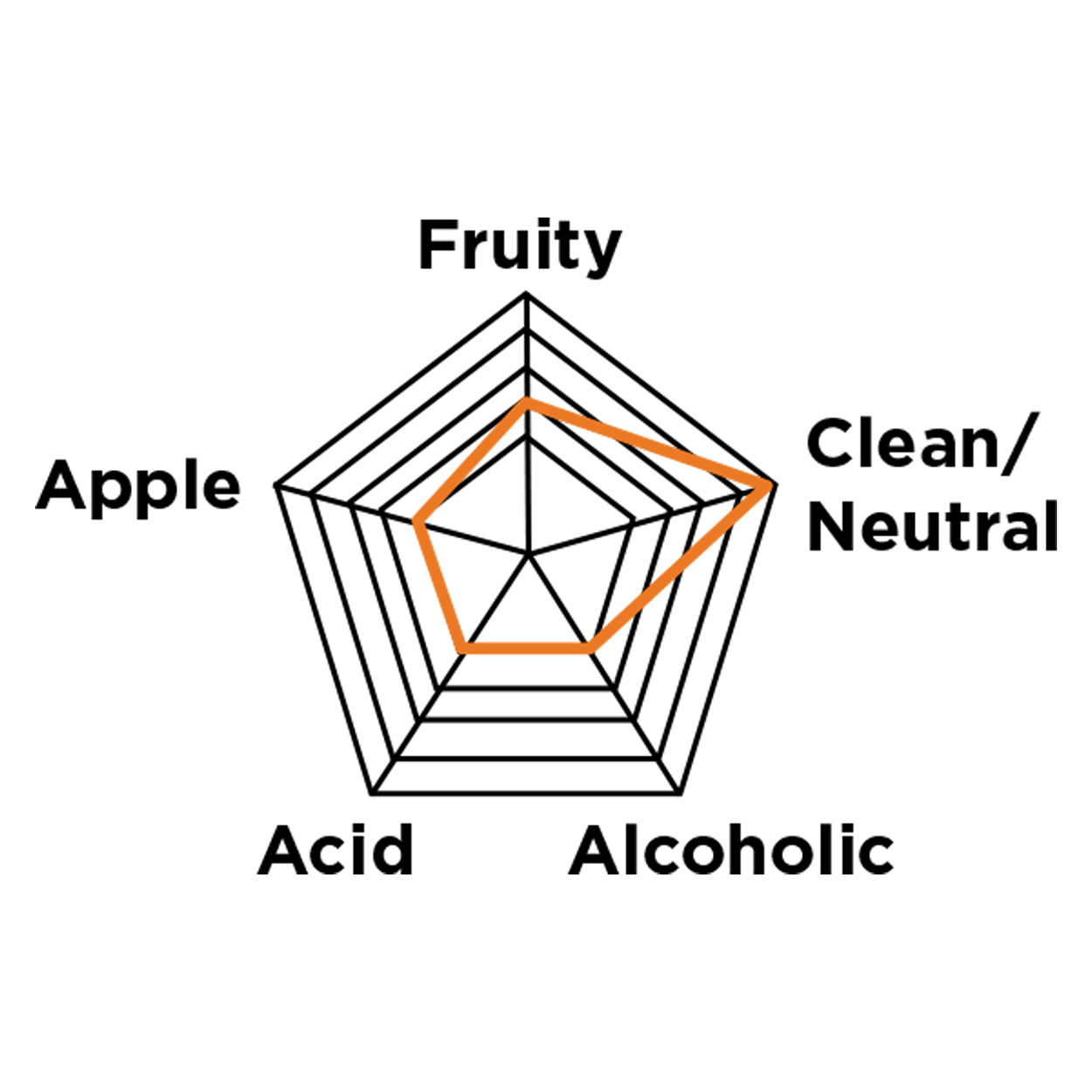
A proven performer in breweries worldwide, WLP001 California Ale Yeast® is a versatile workhorse designed for reliability across multiple generations. This strain consistently promotes clean fermentations, making it the benchmark choice for accentuating hop character in West Coast IPAs and a wide range of other modern beer styles.
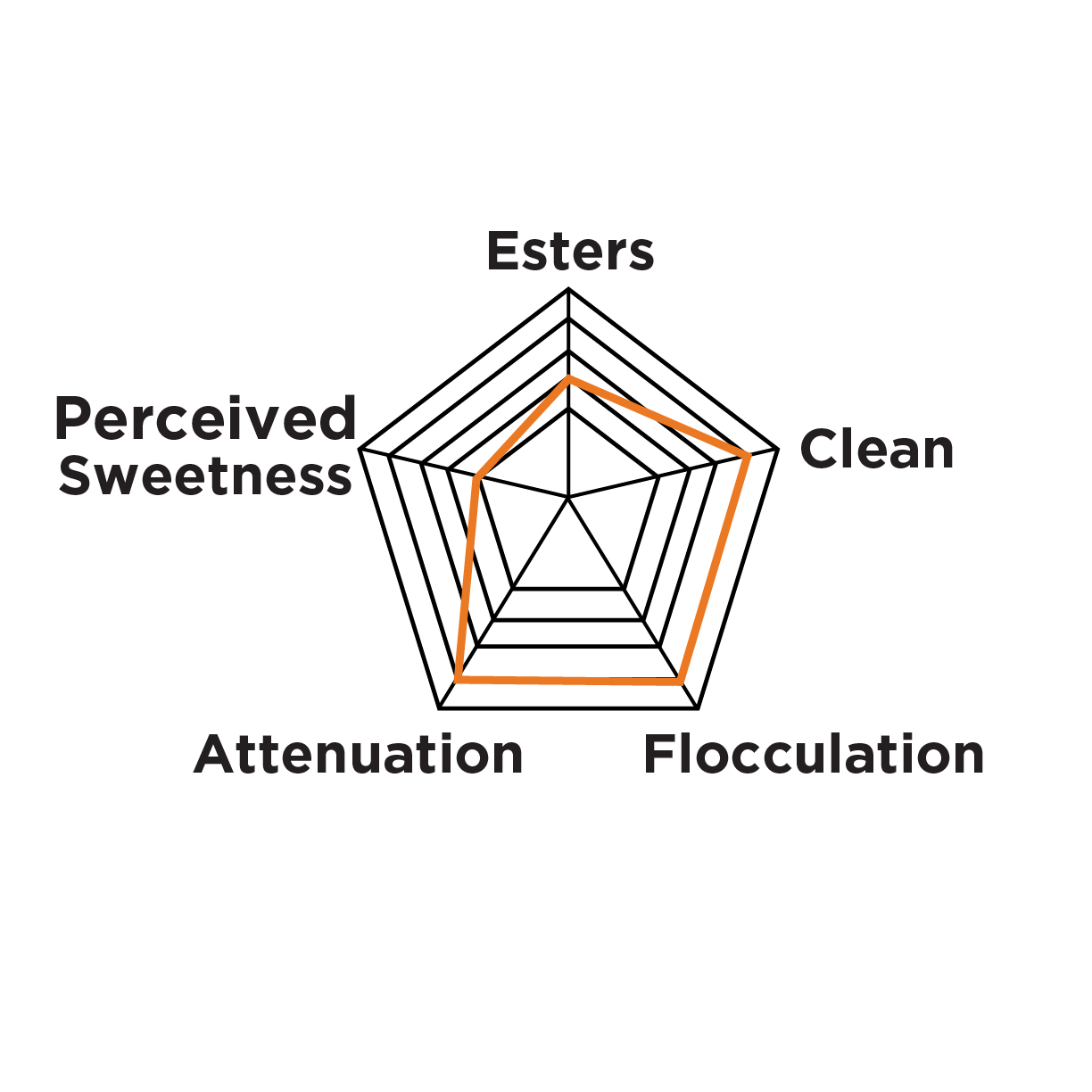
An excellent choice featuring both high attenuation and robust gravity tolerance, WLP007 Crisp English Ale Yeast offers brewers performance and flexibility. Unique to this strain, you can achieve a notably clean, neutral profile when fermenting at lower temperatures, while fermenting at the higher end unlocks classic English-style IPA ester complexity, enabling consistent results tailored to your desired style.
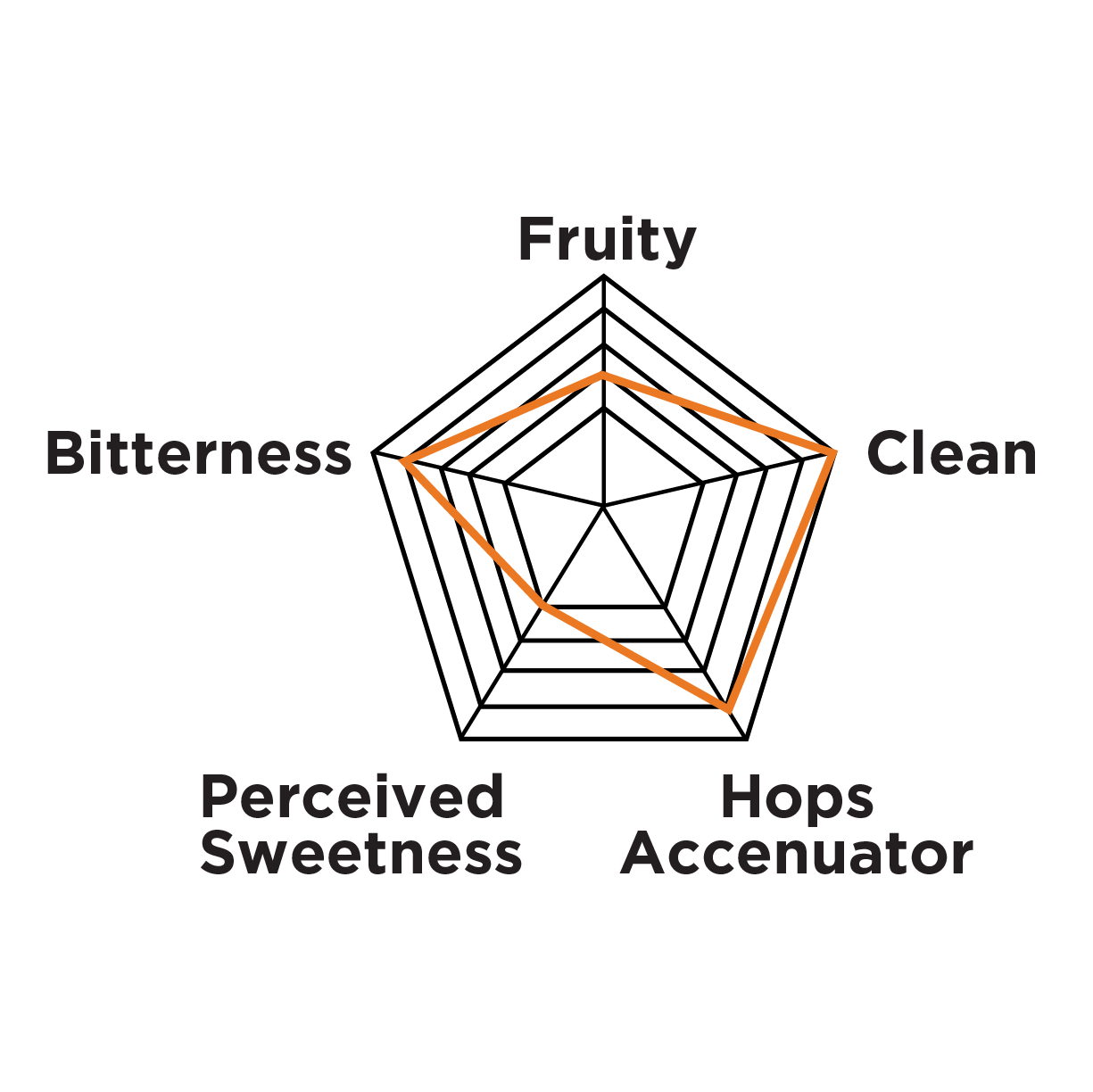
Known for rapid, clean fermentations, WLP090 San Diego Super Yeast delivers a low-ester profile and exceptional attenuation, closely mirroring the benchmark performance of WLP001 California Ale Yeast®. Its ability to accentuate pronounced bitterness while maintaining a neutral flavor and aroma profile makes it an ideal solution for modern hop-forward IPAs, offering reliability and versatility for brewers seeking both differentiation and fermentation consistency.
Swiss Army Lagers
Consider leveraging a lager strain for your West Coast IPA. Lager strains excel in delivering exceptionally clean flavors with good attenuation, resulting in the crisp, dry finish that is eerily similar to the West Coast IPA style.
1. A lager strain can be a house strain
Utilizing a single strain across multiple brews boosts benefits of each yeast batch, maximizing pitch efficiency and supporting consecutive generations. This approach not only drives down yeast costs but also streamlines production, empowering consistent fermentation performance batch after batch.

With strategic strain selection, brewers can expand creative horizons, unlocking innovative flavor and aroma combinations. Shorter storage times between batches also support better yeast vitality and performance, contributing to more expressive and reliable fermentations. By planning alternative strains in different brews, yeast yields can also be optimized for future batches and better planning.
White Lab Recommendations
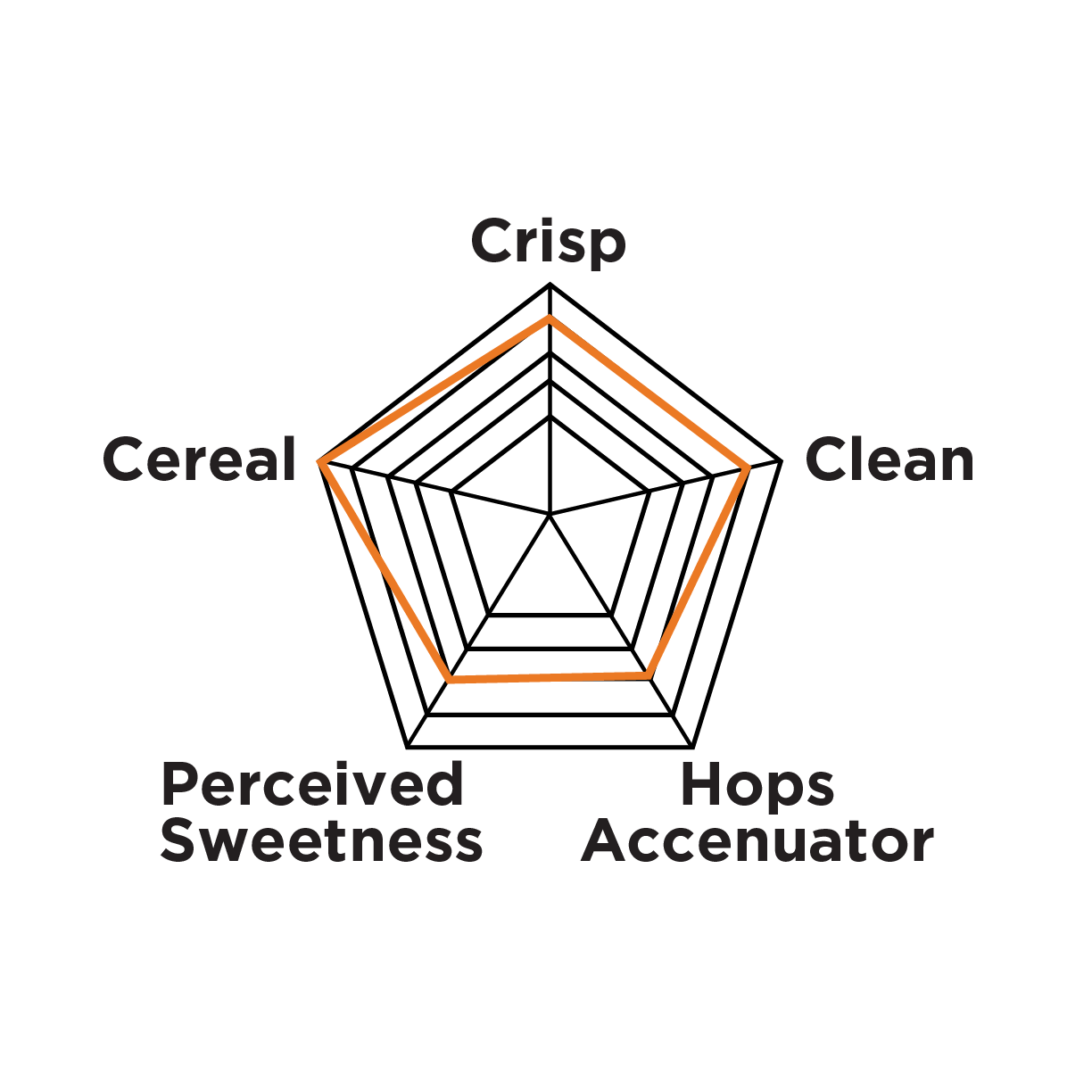
WLP830 German Lager Yeast stands as our flagship lager strain and is trusted by brewers globally for its versatility and reliability. Renowned for producing exceptionally clean, crisp lagers with impressive clarity, this strain not only works seamlessly across a wide range of lager styles, but also delivers subtle hop accentuation, making it a great choice for classic and contemporary IPAs.
Bonus: Our research demonstrates that WLP830 German Lager Yeast possesses high beta-lyase activity. This enables robust biotransformation of bound thiols from hops into free thiols, releasing vibrant passionfruit and guava aromas, making WLP830 an exceptional choice for brewers to enhance hop-driven flavor and aroma in hoppy beer styles.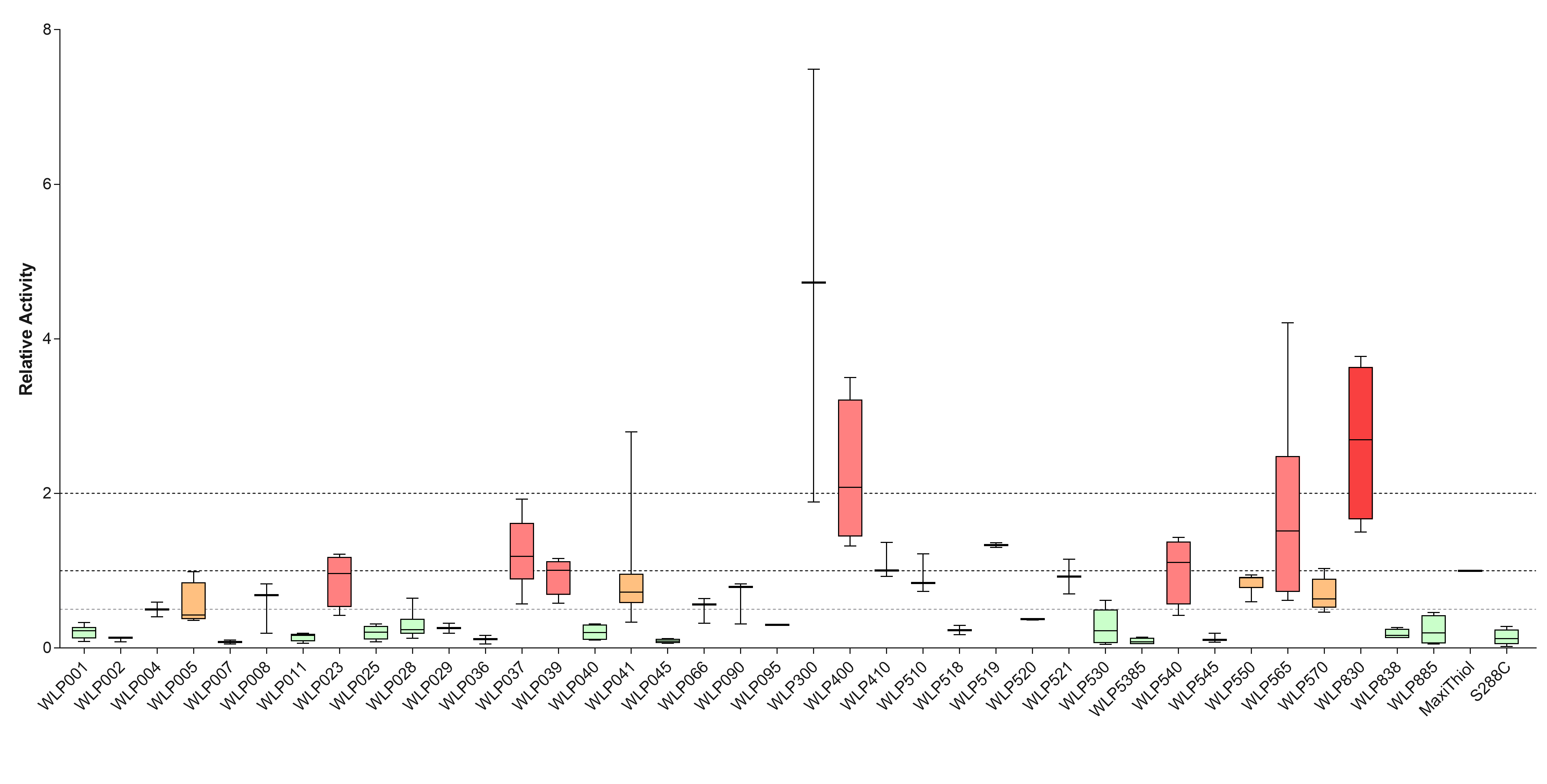

WLP835 German X Lager Yeast is a classic strain that delivers versatility for modern brewers. Sharing heritage with the renowned Andechs lineage, this yeast offers excellent fermentation performance. It harmonizes with hop-forward profiles, making it a trusted choice for those seeking traditional character and adaptability across a wide range of lager and hybrid styles.
Enhance dryness and drinkability
For optimal brightness and dryness in your West Coast IPA, select a simple malt bill featuring high-quality, light-colored base malts such as Pilsner Malt or Extra Pale Pilsner. This approach supports a crisp, clean profile and accentuates hop character, key attributes prized by IPA brewers.
Things To Consider: If you’re using Pilsner malt, be sure to monitor your boil time and mash rests to get rid of DMS and optimize the fermentability of the wort.
Create a More Fermentable Wort
A good starting point for a more fermentable wort is a mash range from 146°F-150°F (63°C-66°C), which is optimal for beta-amylase activity. By optimizing your wort, a higher attenuation can be achieved leading to amplified crispness & bitterness.

Another Option: Use a low dose of Ultra-Ferm® in the mash. Be sure to monitor this addition as too much will lead to an especially attenuated beer, more in the style of Brut IPA.
Harvesting yeast & Hops
1. Do Cone Dumps Often
Multiple cone dumps help get rid of Hop Trub and Bad Yeast. We recommend trub dumps as early as 48-72 hours and throughout fermentation.
- Cone dumps can help reduce vegetal and sulfur-like off-flavors from hop trub
- Hop trub binds to yeast and quickly lowers viability. It can be a huge culprit in vastly decreasing yeast storage time.
2. Harvest Yeast Before Dry Hopping
Hop compounds can negatively impact yeast health and viability if left in contact for too long. To optimize yeast health and fermentation integrity, yeast should always be harvested prior to dry hopping. For improved flocculation, consider implementing a gentle temperature reduction (“soft crash”) to 60°F (15.5°C) before starting cold crash procedures.

Don’t forget to dump out the bad yeast first and go slow during yeast collection to avoid tunneling.
Monitor pH & Water
Optimizing mineral balance is essential for expressive hop character and fermentation quality. For West Coast IPA, target a sulfate-to-chloride ratio around 2:1, typically 75–150 ppm chloride and 100–200 ppm sulfate, to intensify hop bitterness and achieve a crisp, dry finish.
Since dry hopping can elevate beer pH, aim to maintain a lower final pH (≈4.3) to both enhance hop aroma and support efficient yeast diacetyl reduction. If needed, add food-grade phosphoric acid during dry hop additions to fine-tune pH within your target range.
Manage Hop Creep

To reduce the risk of dry hop creep, design your recipe for a low finishing gravity, minimizing residual fermentable sugars, and stabilizing final gravity post-dry hop.
Prevent excessive diacetyl by incorporating products like Brewzyme-D during knockout and with each dry hop addition. This enzymatic tool supports stable attenuation and flavor stability.
Lower fermentation temperatures can increase maturation time, targeting adequate zinc supplementation, like Zinc Buddy supports efficient yeast performance throughout fermentation.















